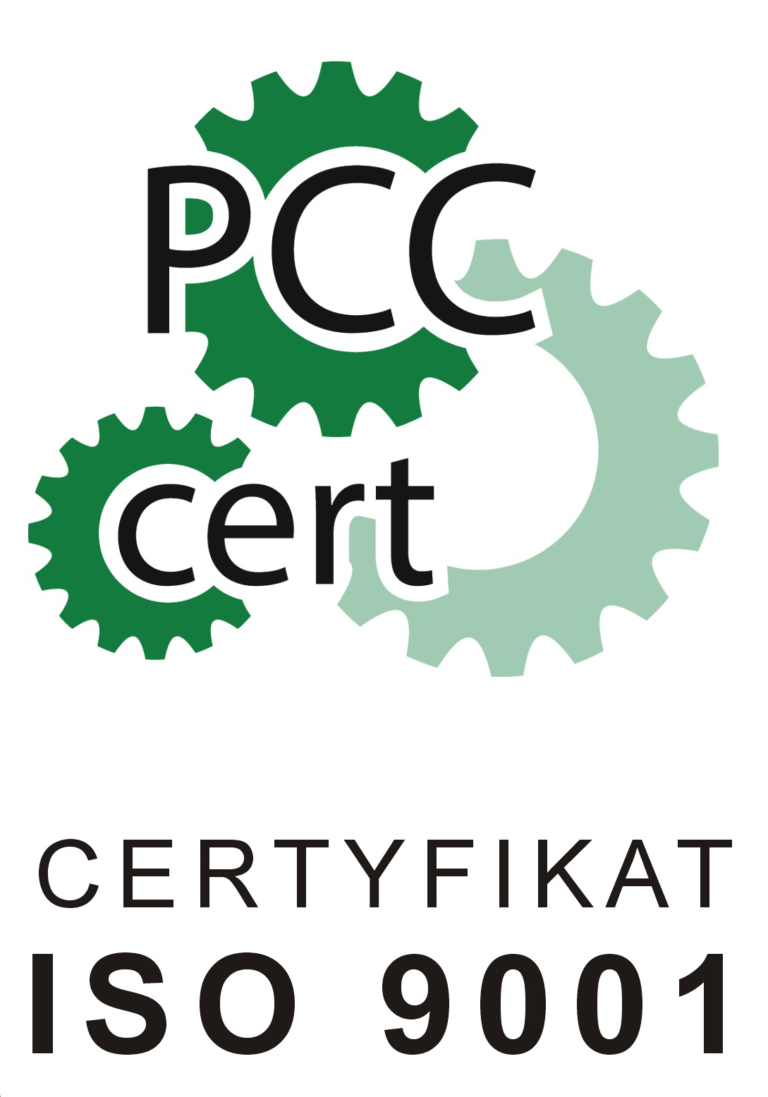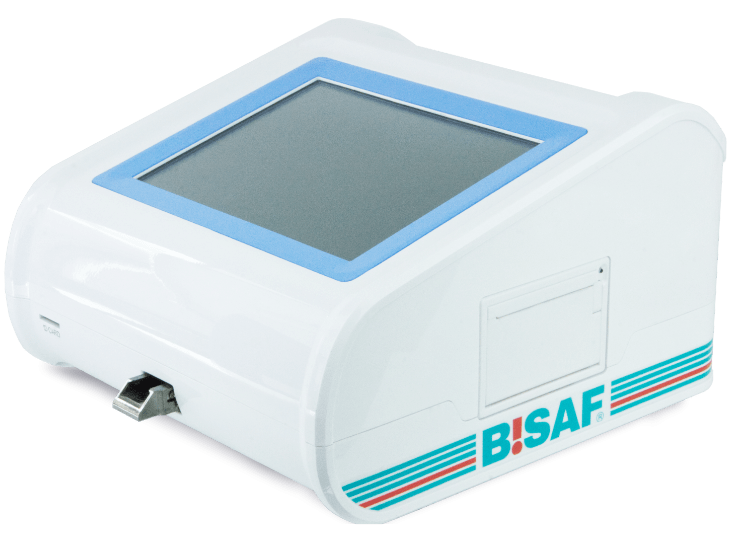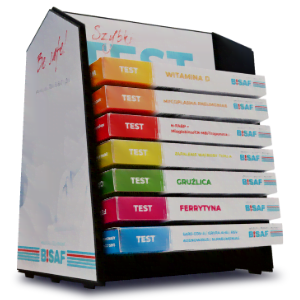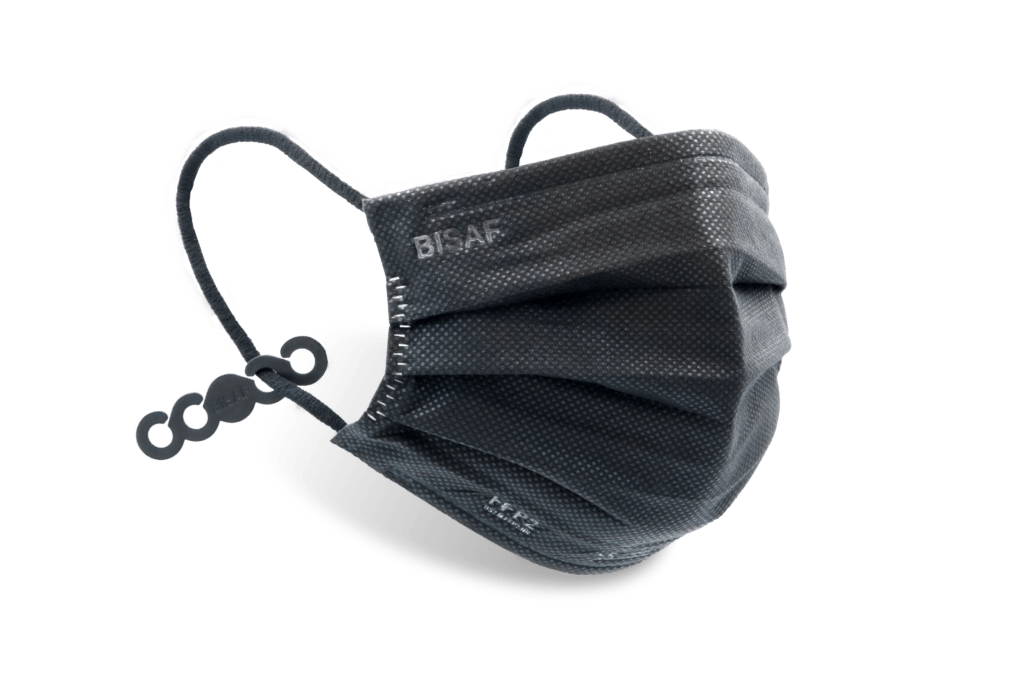Protective masks
Respiratory protective equipment is classified as a personal protective equipment with a complex design. Their purpose is to protect against serious threats that harm health and can even lead to death. Such a threat is primarily posed by polluted air or oxygen deficiency. Therefore, there are distinguishing equipment (filtering, absorbing and filtering absorbing), as well as insulating equipment (e.g. cylinder air apparatus).

Protective Masks
This category includes the so-called anti-smog, anti-virus, or dust masks. However, it should be remembered that these are only marketing names for filtering half-masks. According to European Union regulations, regardless of the name given, filtering half-masks are personal protective equipment that is subject to CE marking. Among the filtering half-masks there is no division into private and professional articles. Therefore, an identical model of a half-mask can be used by people working on a construction site, renovating an apartment, as well as walking around the city.
Safety classes
The element that provides air purification is a non-woven filter. Based on the filtration efficiency, i.e. the amount of particles that are captured from the air stream in relation to the number of particles that flow in, the filtering equipment can be classified into a specific safety class. The classification is independent of the design of the equipment (filter or filtering half-mask). Based on the EN 149 standard, three classes of FFP (Filtering Face Piece) are distinguished:
FFP 1 – filtering half-masks that protect against liquid particles and solid particles of low toxicity, provided that the concentration of the dispersed phase of these aerosols in the air does not exceed the value of 4 x MPS (Maximum Permissible Concentration – weighted average concentration, the impact of which on a given person during the 8-hour daily and 40-week working time should not result in negative changes in the state of health, as well as in the state of health of future generations).
This class is suitable for places where there are usually no toxic dusts or aerosols. They may be used where the exposure limit value has not been exceeded by more than 4 times. Filtering half-masks of this class cannot be used for radioactive particles, carcinogens, as well as highly dangerous biological agents. However, they can be useful in construction, agriculture, quarries or in the food industry.
FFP2 – filtering half-masks that protect against liquid particles and solid particles of low and medium toxicity, provided that the concentration of the dispersed phase of these aerosols in the air does not exceed up to 10 x MPS.
They are effective against harmful dusts and aerosols. They may be used if the limit value is not exceeded more than 10 times. They are not suitable for radioactive particles, enzymes, or biological agents with the highest risk group. They can be used in mining, metal industry, welding work, as well as in contact with mold or powdered chemicals.
FFP3 – filtering half-masks that protect against liquid particles and solid particles of high toxicity if the concentration of the dispersed phase of these aerosols in the air does not exceed 20 x MPS.
This class guarantees protection m.in against radioactive and carcinogenic substances, as well as viruses or bacteria. They may be used where the exposure limit value is not exceeded by more than 20 times. Filtering half-masks of this class can be used in the chemical industry, when working with asbestos, during waste sorting, in welding work or during the processing of stainless steel.
Selected requirements according to EN 149 standard:
FFP1 | FFP2 | FFP3 | |
Maximum total leakage | 25 % | 11 % | 5 % |
Filtration efficiency (retention of particles from 300 nm) | 80% | 94% | 99% |
The maximum total leakage is the maximum degree of leakage of the masks due to the leaking of the mask to the face, penetration of the filter, as well as possible leakage of the exhaust valve.
Filter marking
Filters that are completed with masks and filtering half-masks can be divided into capsule filters, where the filtering material is inside the housing, and non-capsule filters, which are made entirely of filter material (they do not have a housing). The classes of these filters mean the same efficiency in relation to aerosols as the classes of filtering half-masks FFP1, FFP2 and FFP3, which means that:
Class P1 – informs about 80% filtration efficiency
Class P2 – 94% filtration efficiency
Class P3 – means 99,95 % filtration efficiency
Markings of filtering half-masks
The marking of filtering half-masks shall consist of the following symbols:
FF – face part of the mask
P1, P2, P3 – filter protection level
NR – disposable half-mask
R – reusable half-mask
D – half-mask which can be used in dusty environments (the article meets the requirements of clogging)
S – half-mask designed for filtration of particulate matter such as dust or smoke
SL – filtration of solid and liquid particles such as fog
C – the half-mask has additional requirements for dust absorption
Filtering half-masks as category III personal protective equipment must be examined by a notified body, which then issues a conformity assessment certificate. It must be demonstrated that the regulatory requirements have been met. The manufacturer must include in the instructions for the half-mask in question information such as:
– the name, brand name or other means of identifying the manufacturer, supplier or importer;
– manufacturer’s model designation;
– the dated number of the European standard.
Moreover, the instructions for use of the filtering half-mask should contain information on:
– the purpose of the half-mask,
– the minimum protective duration of the filtering half-mask under specific conditions, for example at a given concentration of a dangerous substance and a certain air flow rate,
– the need to check it before the first use,
– the method of putting on and fitting,
– storage conditions,
– method of preservation in the case of reusable half-masks,
– the meaning of symbols,
– the moment when the filtering half-mask is no longer usable.
How to choose the right protective mask?
First of all, it is necessary to determine the hazards that exist in a given environment, as well as the degree of occupational risk. For this purpose, it is best to take measurements of concentrations of harmful substances, and then compare the results obtained with the values of health and safety standards. This, if the standards are exceeded, will help to make a choice about the appropriate protection class. Aspects such as climatic conditions, working time and individual user characteristics should also be taken into account. It is worth making sure that the specific model of the mask will not limit the field of view, which could cause a collision with moving elements. It is necessary to take into account the state of health of a given person, i.e. a vision defect that may make it difficult to wear a protective mask, as well as respiratory problems or an unusual shape of the head or facial hair, through which the protective mask may not be properly fitted. It is important to determine the time during which the protective mask must be applied, and it is also necessary to take into account that sometimes the use of a protective mask may prevent the wearing of goggles. Therefore, all protective equipment should be carefully selected.







